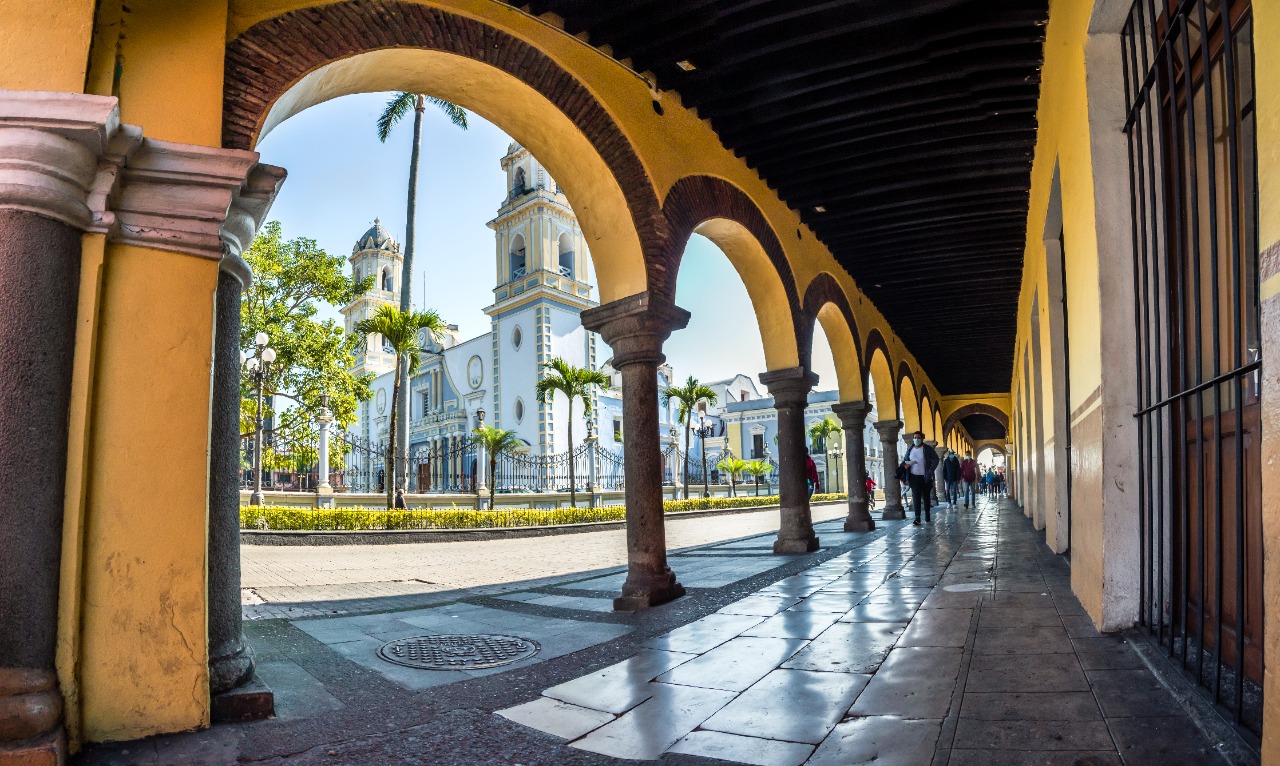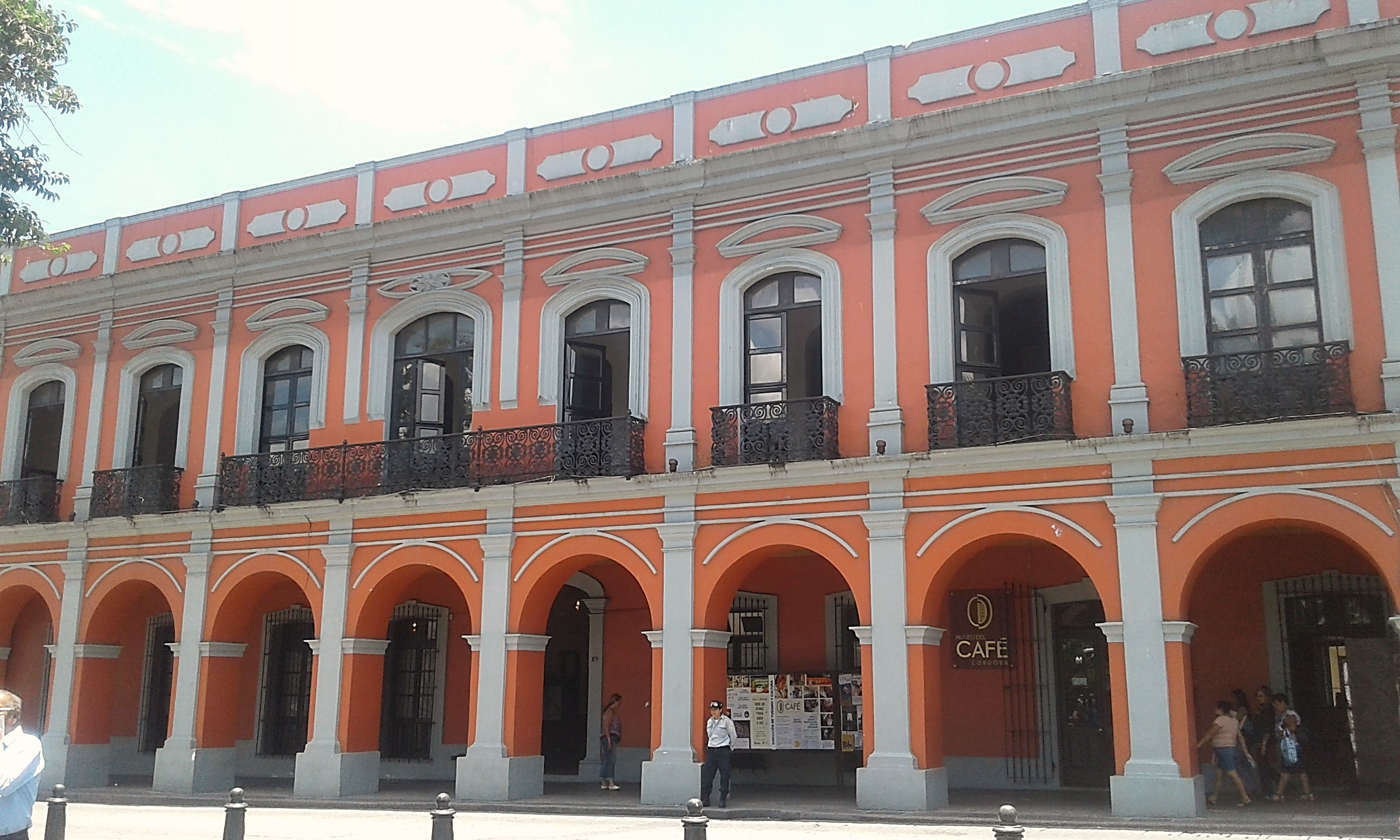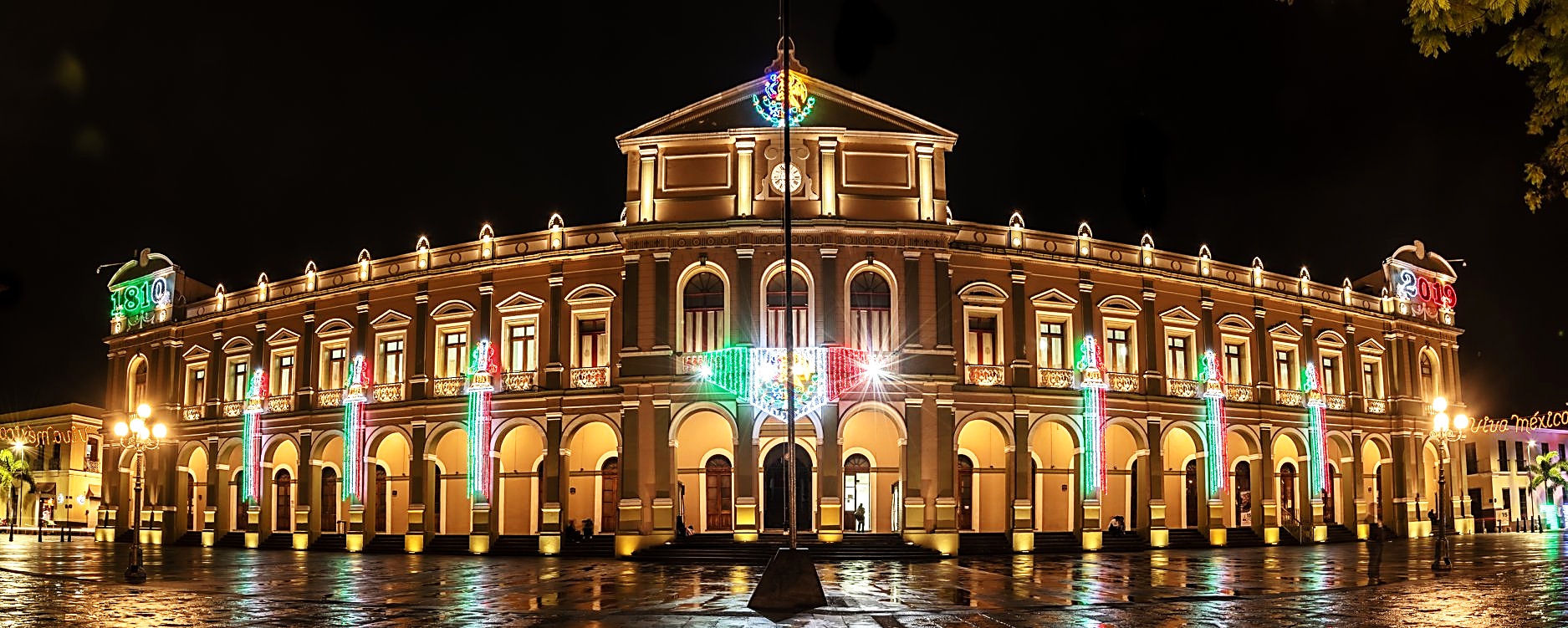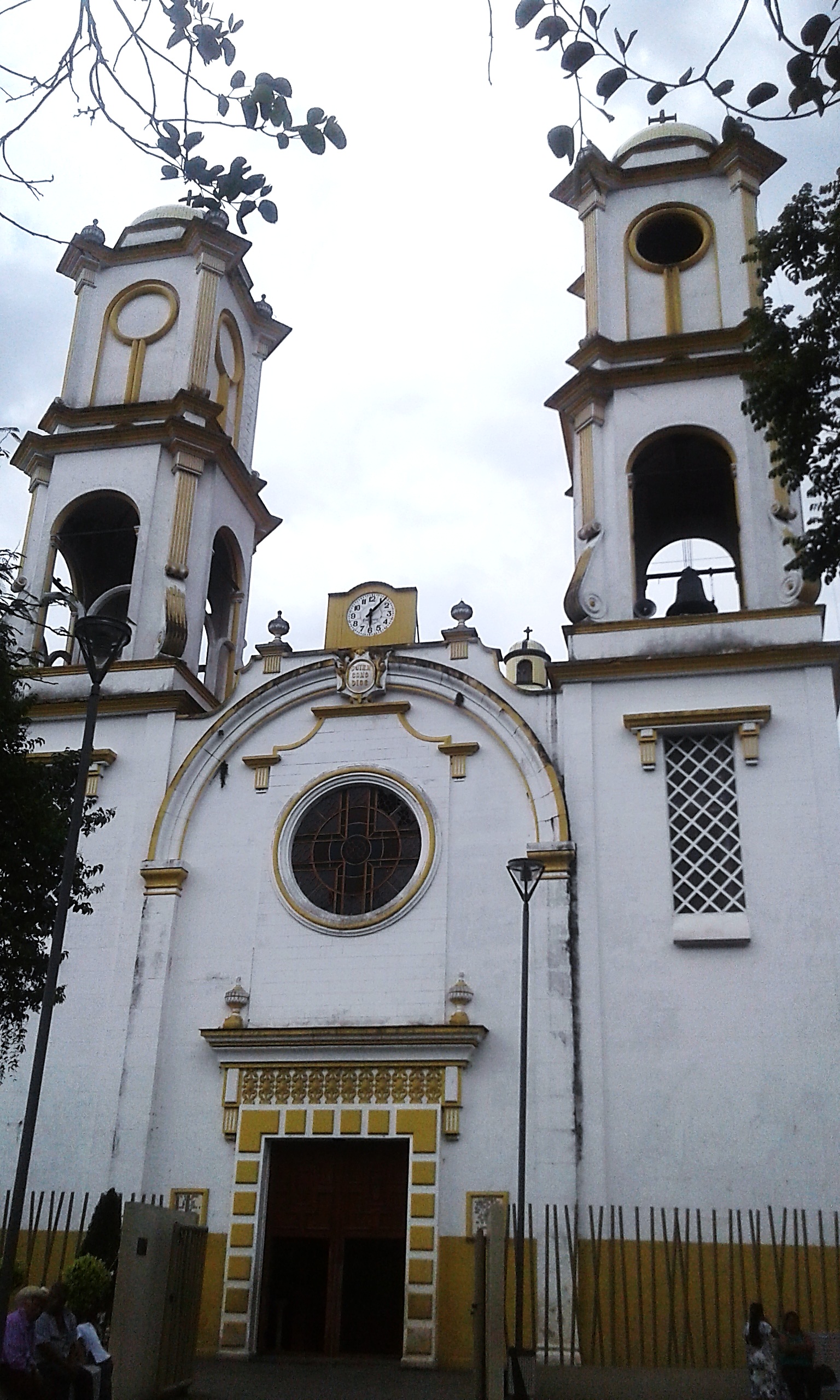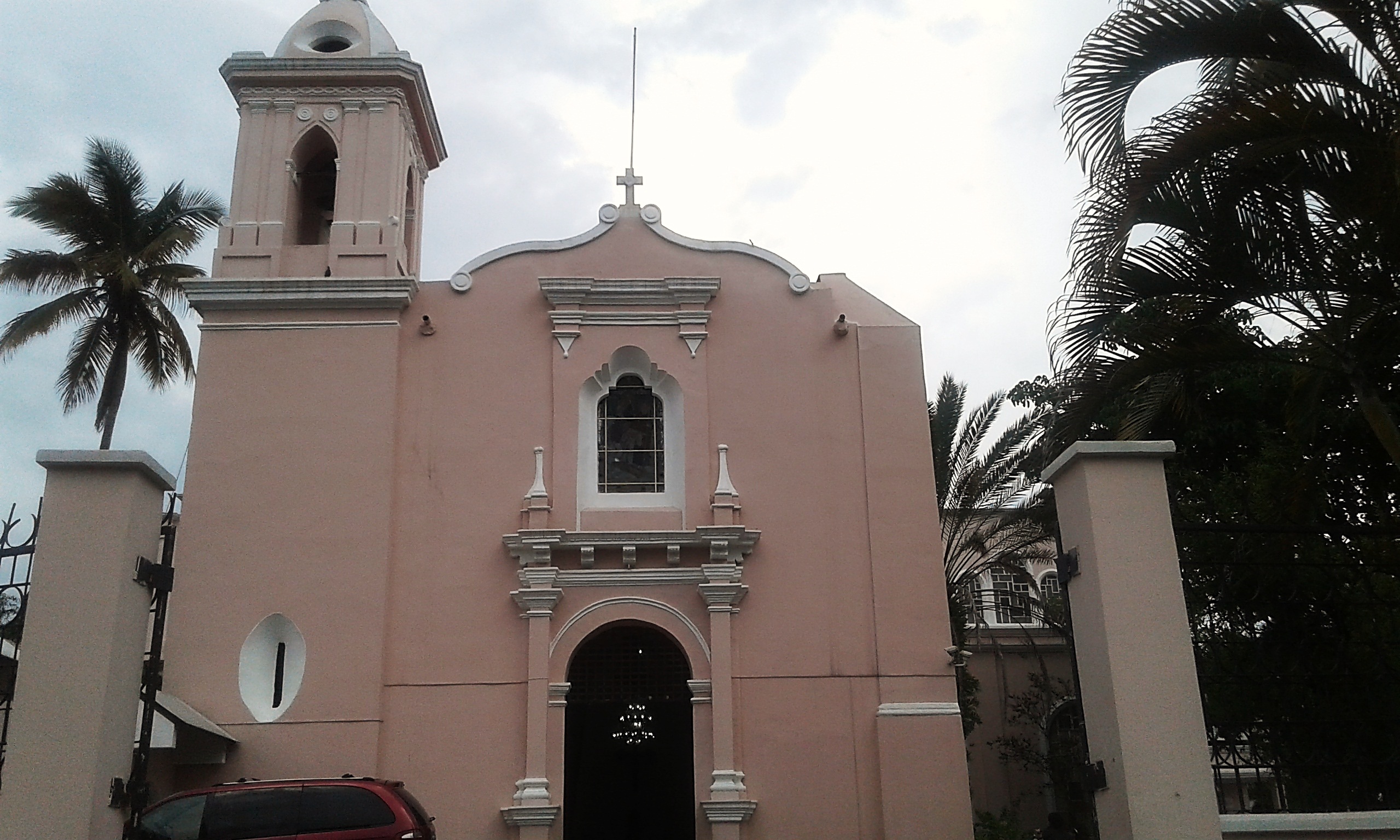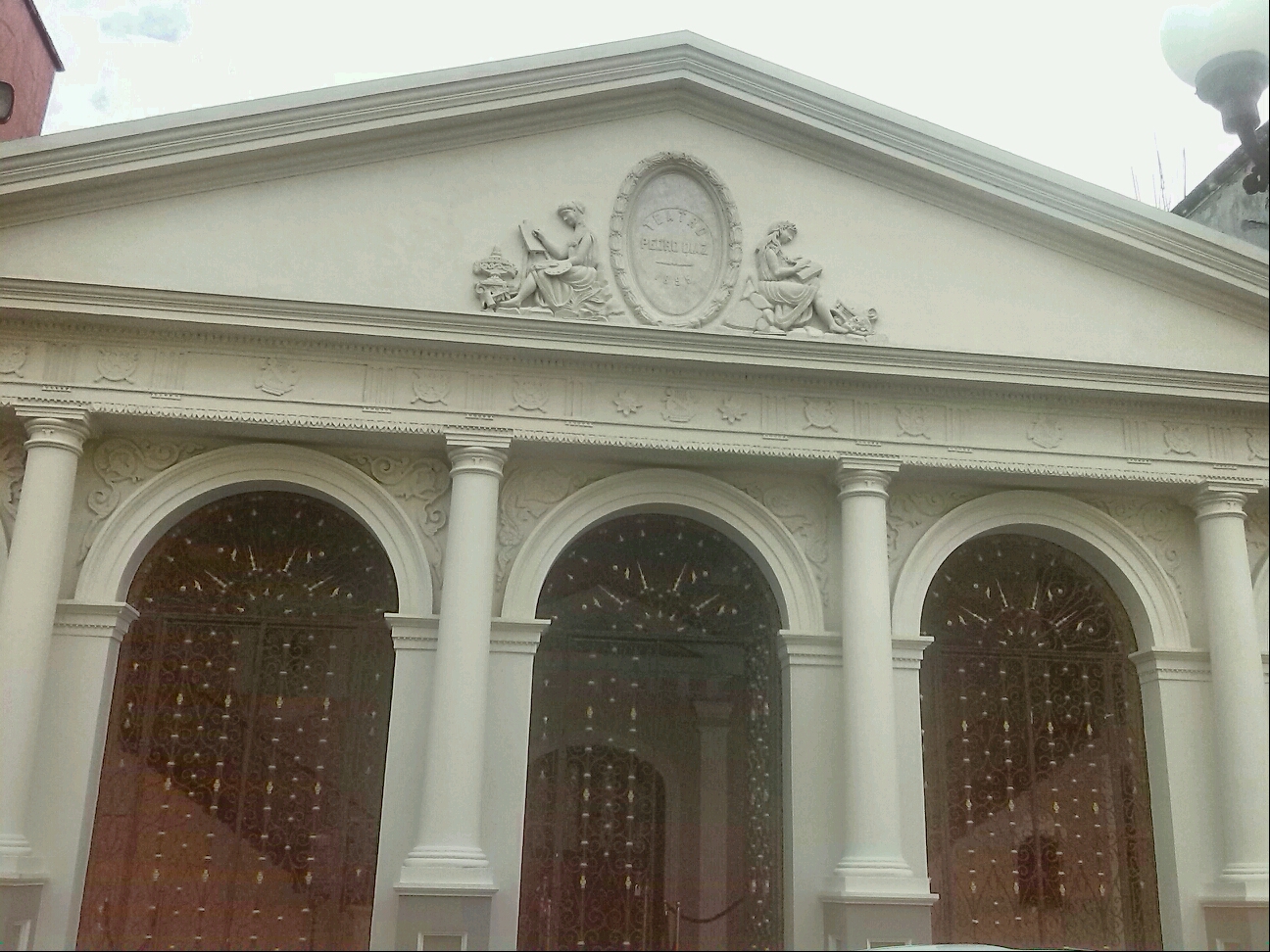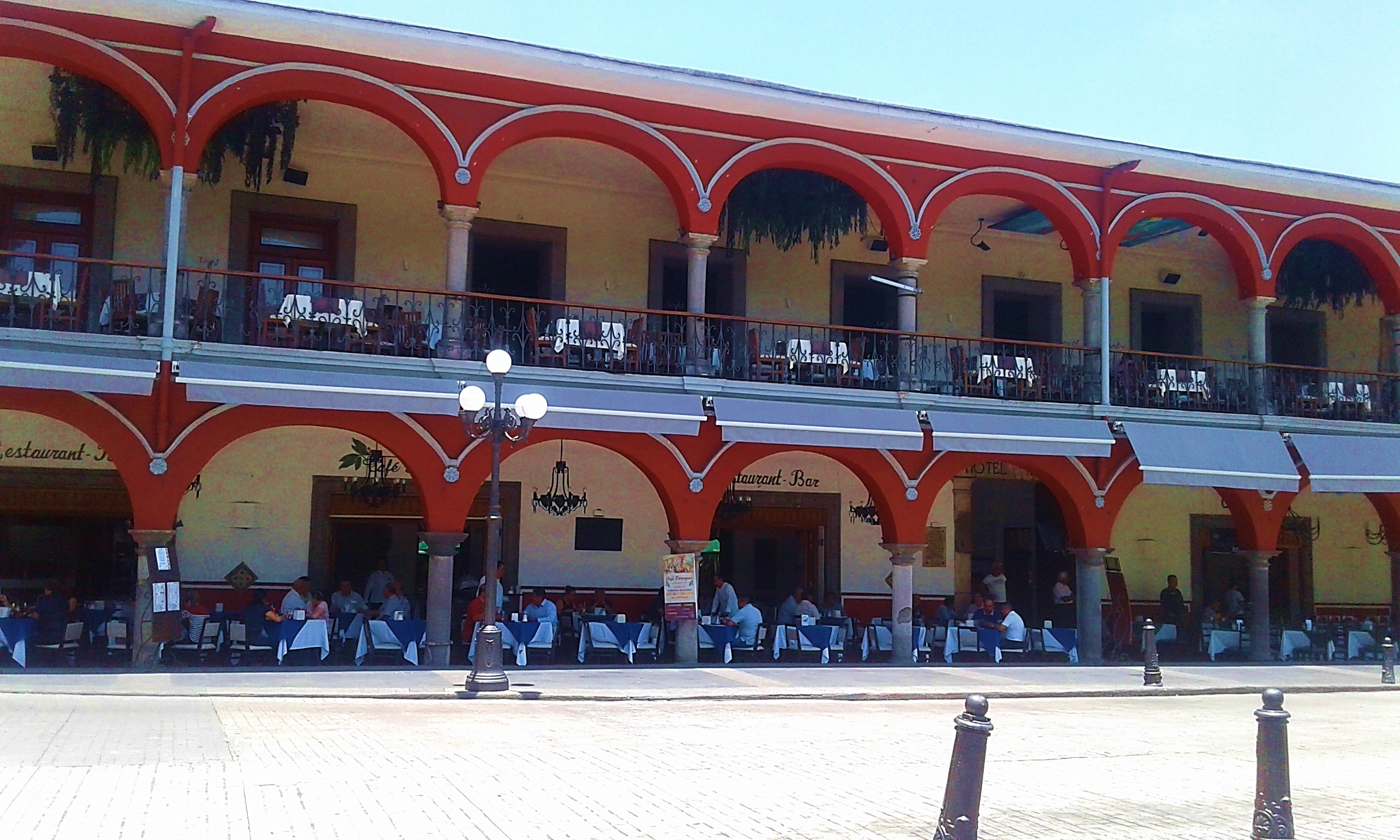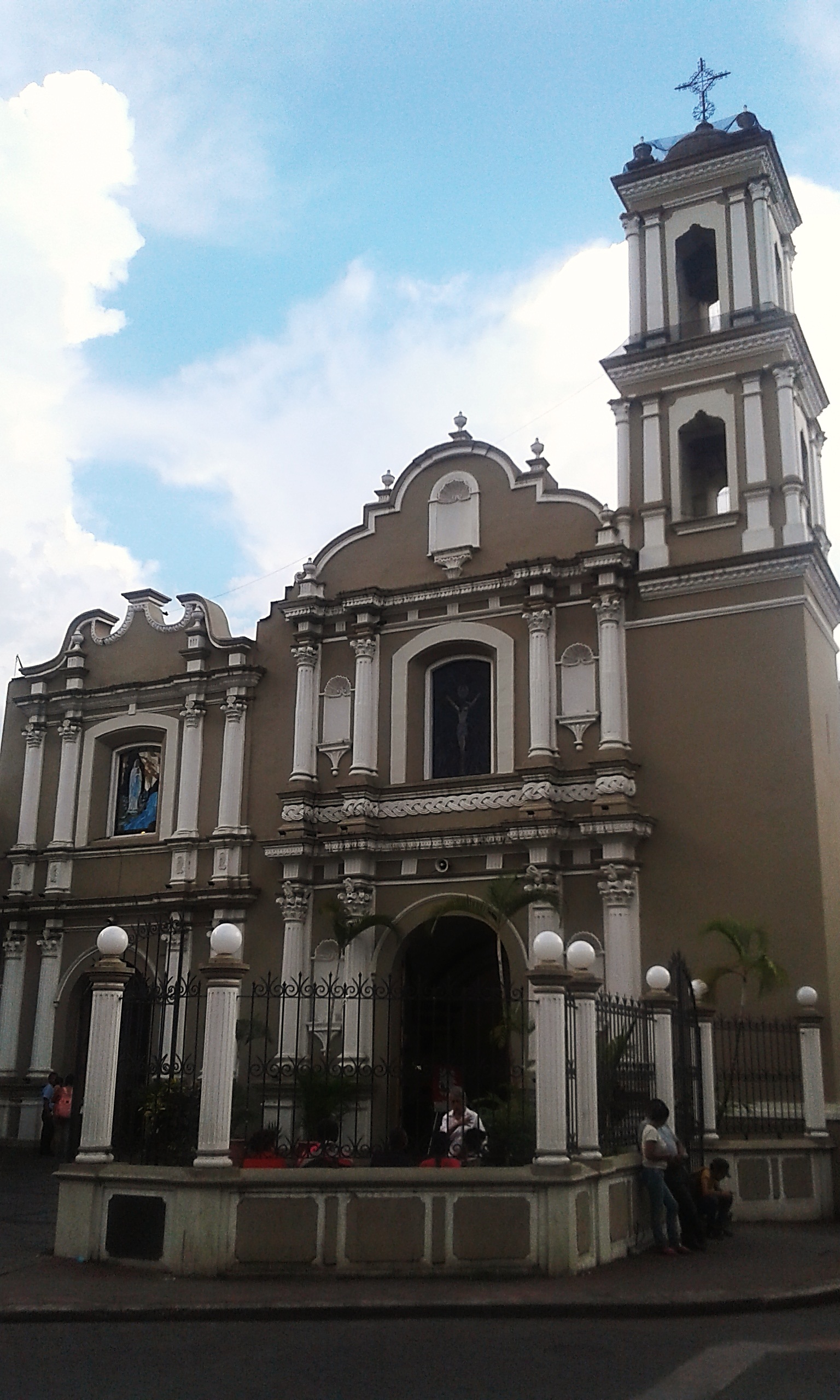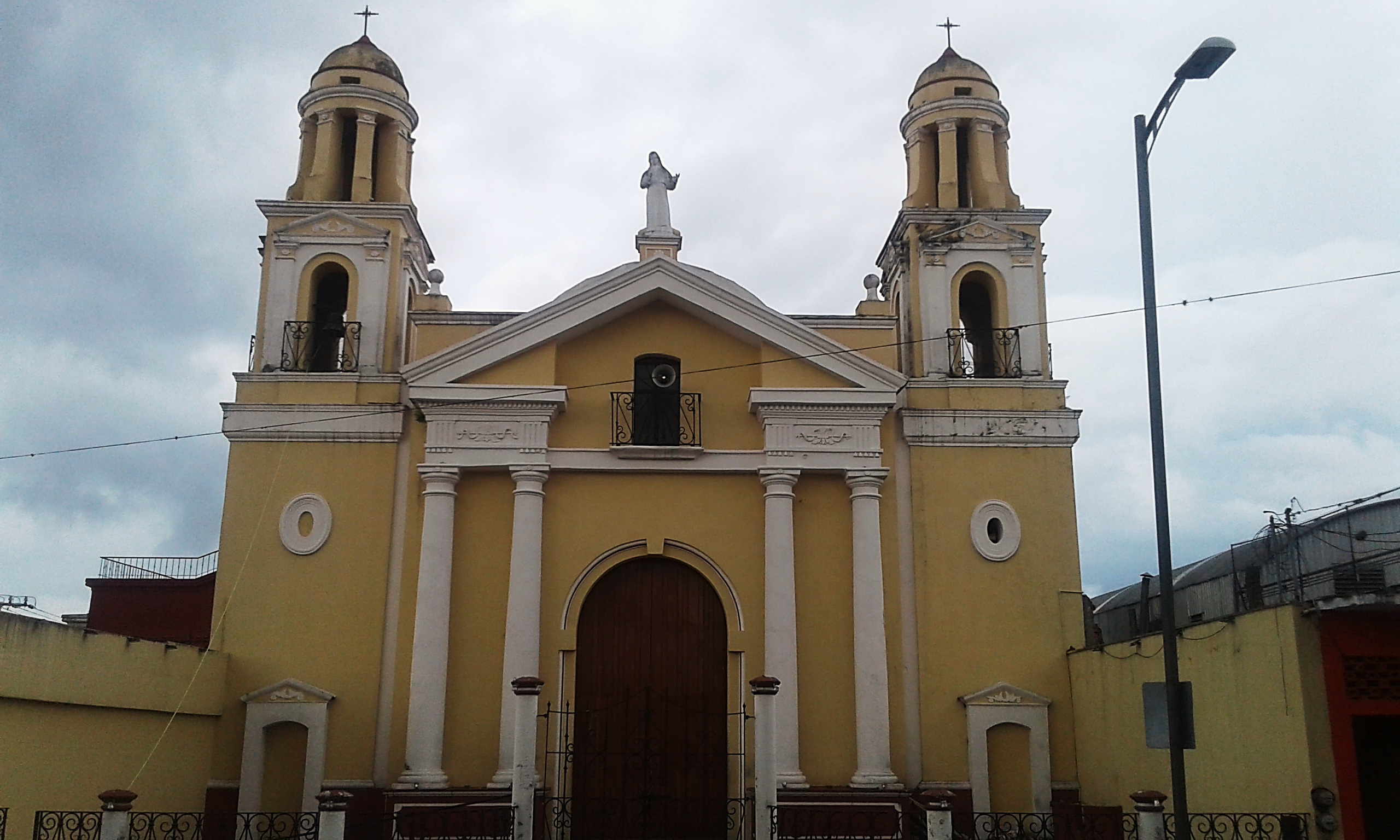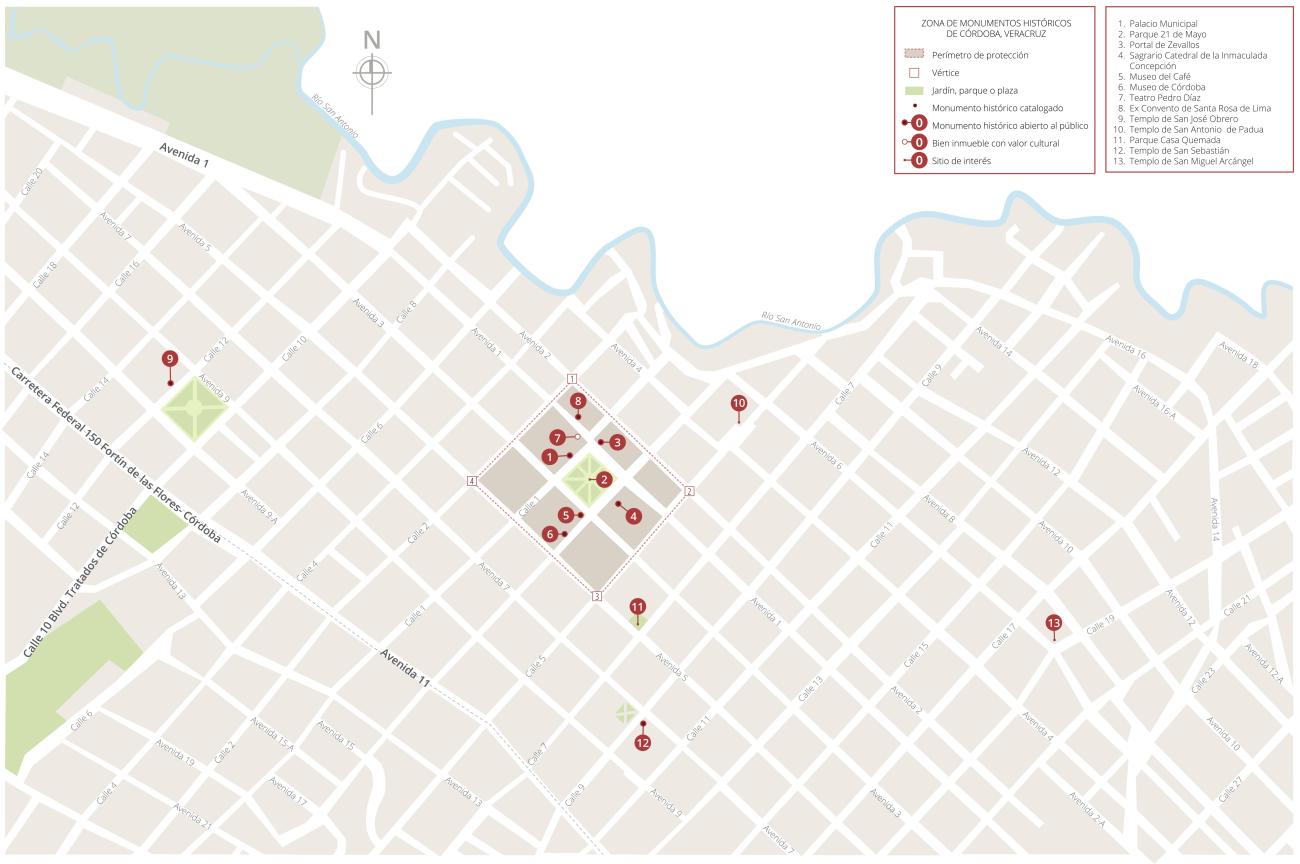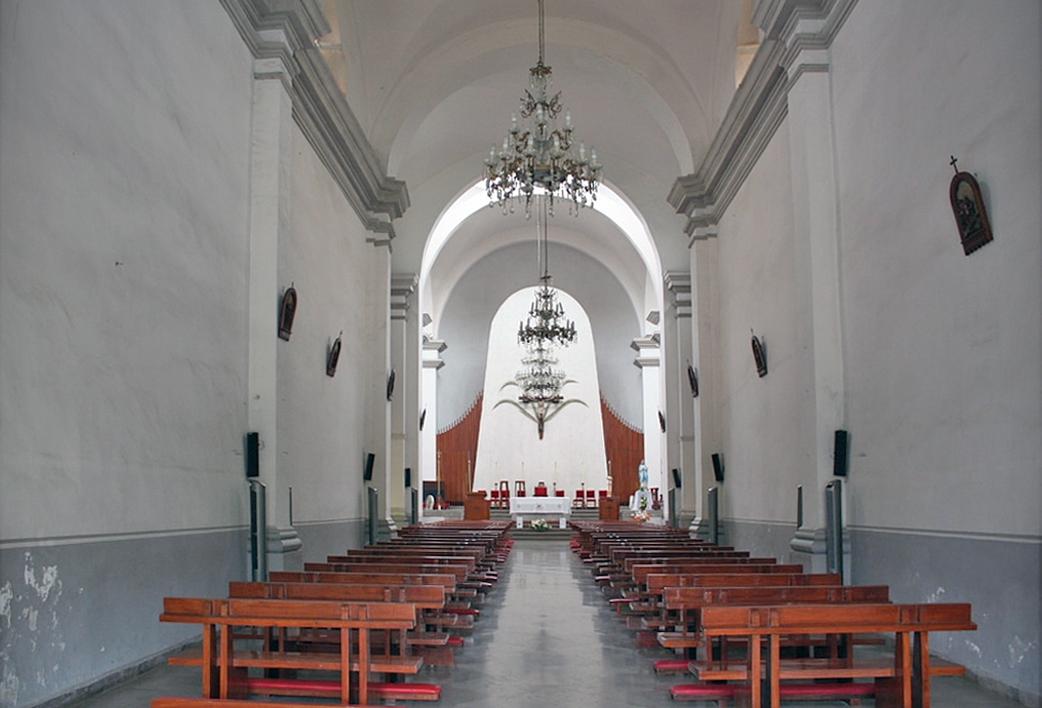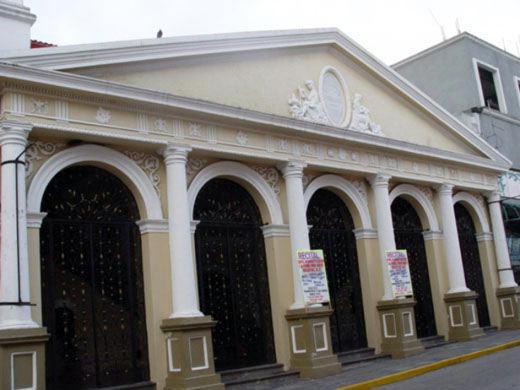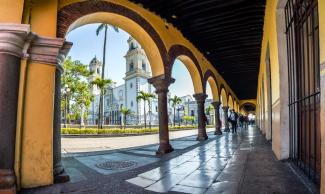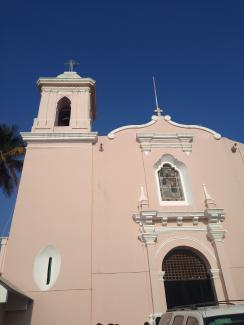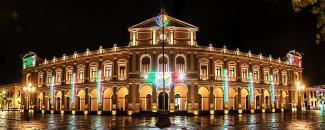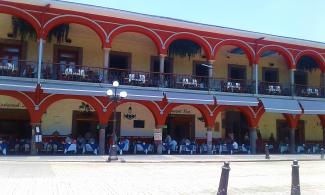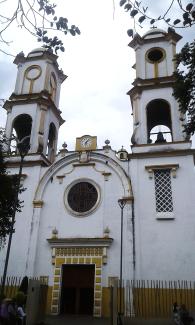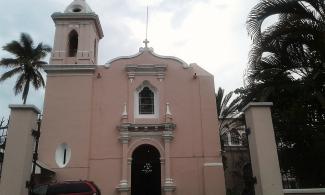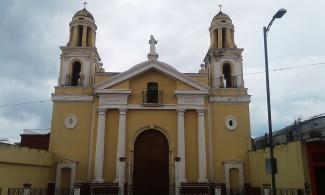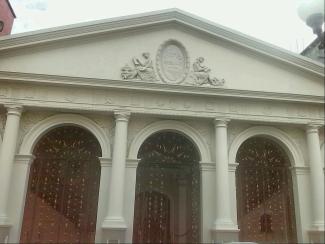Córdoba
Historical Monuments Zone
Abstract
The signing of the Independence of Mexico took place in this city. The architecture shows the influence of colonial and neoclassical styles.
Located in the mountainous area of the state of Veracruz and in the foothills of the Citlaltépetl volcano, Córdoba has played an important role in key events from the nation’s history. Its climate favors agriculture, especially coffee, sugar cane and fruit trees. The history of Córdoba can be defined through three major events: its foundation, the Battle of May 21 and the signing of the Treaties of Córdoba.
Founded as a town in 1618, Córdoba lay on the trade route between Mexico City and the port of Veracruz. The constitution of the town was necessary to face the attacks and assaults that the maroon blacks led by El Yanga carried out on the Veracruz-Orizaba-Mexico royal road. Four residents of Huatusco, Don Juan Cristóbal de Miranda, Don García de Arévalo, Don Andrés Núñez de Illescas and Don Diego Rodríguez, requested from the Viceroy Diego Fernández de Córdoba, to whom the city owes its name, the foundation of Córdoba, which was authorized by the King of Spain Fernando III.
During the viceroyalty, Córdoba was a center for the production of sugar cane, rice and tobacco. Already in the 19th century its people played a significant role during the War of Independence in 1821, with Cordobans resisting the royalist forces of Colonel Manuel Hevía, in defense of the Iguala Plan and the Trigarante Army. This event is remembered every May 21.
Córdoba is acknowledged in the nation’s history as the place where the document agreeing to the independence of Mexico and the withdrawal of Spanish troops from the capital was signed. This event occurred on August 24, 1821, with the presence of Agustín de Iturbide, commander of the Army of the Three Guarantees, and Juan O’Donojú, last viceroy of the Province of New Spain. In the Treaties of Córdoba, the territories that belonged to the monarchy were recognized and a sovereign and independent nation was established, known as the “Mexican Empire”. The treaties formed part of a structured legal body that continued to be used until the formation of the First Mexican Constituent Congress.
Around 1830, Córdoba was designated as a city and was declared the state capital in 1916.
The Zone of Historical Monuments covers .018 km2, comprising 9 blocks and 11 buildings with historical value. The most important religious buildings include: the Churches of Our Lady of the Immaculate Conception, and of Santa Rosa, San Antonio and San Sebastián. The civil constructions of historical interest are: the Portal de Zevallos, the Municipal Palace and the porticoed buildings of the Central Plaza.
The cathedral or Church of the Sacred Conception was built in the first half of the 17th century. It has an octagonal dome adorned with tiles in a neoclassical style.
The Portal de Zevallos was the scene of the signing of the Treaties of Córdoba. Its construction dates back to the 18th century. It retains its colonial style and is one of the town’s most popular tourist destinations.
The Municipal Palace presents neoclassical characteristics and the influence of French architecture. It has 21 arches in memory of the Battle of Córdoba that took place on May 21, 1821. It safeguards the municipal archive, considered one of the best preserved in the country.
It was declared a Zone of Artistic and Historical Monuments in 1990.

Rectoría de San José Obrero
This church was built by Nicolás de la Torre y Mena in 1699; it was consecrated and dedicated to Saint Joseph, Saint Anne, and Saint Joachim on March 19, 1721. In 1722, a fire destroyed the church, and it was not repaired until 1725, being reopened in 1729.
Rectoría de San José Obrero
This church was built by Nicolás de la Torre y Mena in 1699; it was consecrated and dedicated to Saint Joseph, Saint Anne, and Saint Joachim on March 19, 1721. In 1722, a fire destroyed the church, and it was not repaired until 1725, being reopened in 1729.
Portal de Zeballos
The “Treaties of Córdoba” between Agustín de Iturbide and the last viceroy, Juan O'Donojú, were signed in this portal of the House of the Counts of Zevallos, built in 1687. It served as a resting place for travelers between Mexico City and the port.
Portal de Zeballos
The “Treaties of Córdoba” between Agustín de Iturbide and the last viceroy, Juan O'Donojú, were signed in this portal of the House of the Counts of Zevallos, built in 1687. It served as a resting place for travelers between Mexico City and the port.
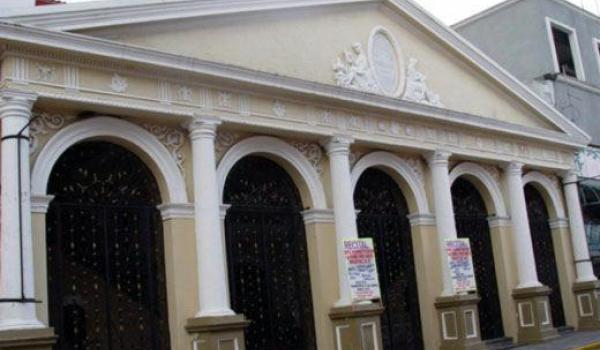
Teatro Pedro Díaz
Built by Pedro Díaz based on a design by engineer A. Durán in the late 19th century, its façade was modified in 1905, when a Greek pediment was replaced by a triangular front.
n>
Teatro Pedro Díaz
Built by Pedro Díaz based on a design by engineer A. Durán in the late 19th century, its façade was modified in 1905, when a Greek pediment was replaced by a triangular front.

